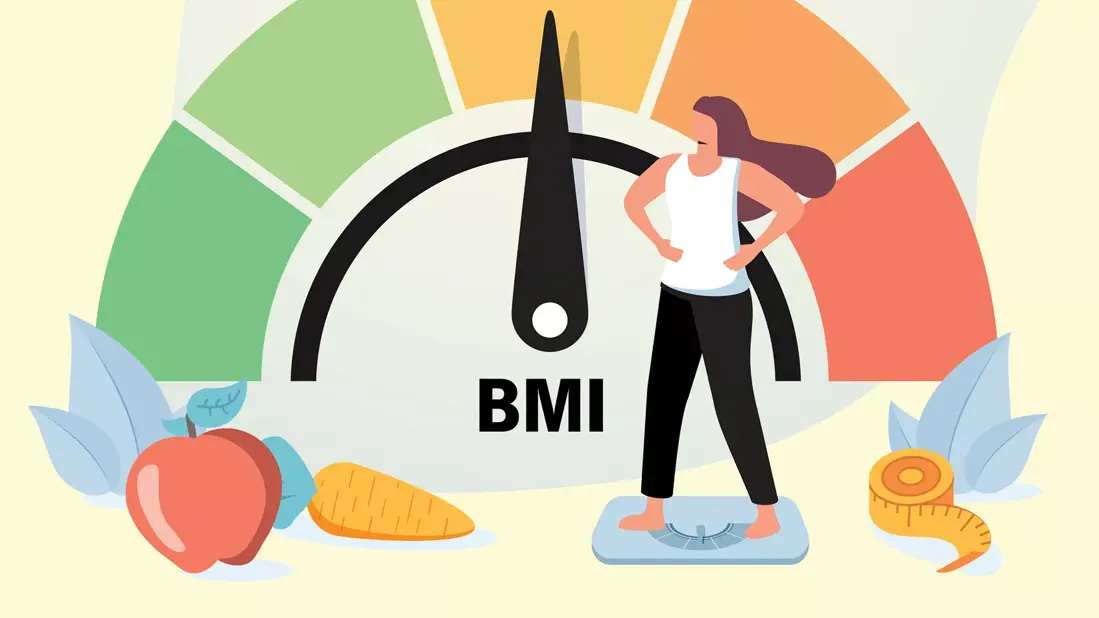
You type in your height and weight. A number appears. Underweight. Normal. Overweight. Obese. It feels sharp. Final. But something doesn’t sit right. You’re active. You eat well. You sleep enough. Yet the chart says otherwise. You’re not alone. Many people meet the “wrong” category despite doing many things right. That’s where the problem begins—with simplicity that forgets context.
You learn that BMI was created almost two centuries ago, not for medical diagnostics
A Belgian mathematician—not a doctor—developed it in the 1830s. Adolphe Quetelet. He wasn’t studying health. He was studying populations. Averages. He wanted to understand the “average man.” The formula? Weight divided by height squared. It stuck. Governments adopted it. Then insurance. Eventually, medicine followed. But it was never designed to assess individual health.
You discover that BMI ignores critical factors like muscle, bone, and body composition
Two people can have the same BMI. One may be a bodybuilder. The other may be sedentary. Same number. Very different realities. BMI doesn’t see muscle. It doesn’t measure fat. It doesn’t account for bone density. Or gender. Or ethnicity. It reads numbers, not bodies. That’s useful for trends. Not individuals.
You realize athletes often fall into overweight or obese categories despite peak conditioning
Take a rugby player. Or a sprinter. Their BMI might say 28. “Overweight.” Yet their body fat could be 10%. Their cardiovascular health? Excellent. BMI labels them incorrectly. And those labels carry weight. They affect access to insurance, treatment, even self-image. Numbers can mislead when they speak too confidently.
You look deeper and see how age and gender shift the accuracy of BMI further
A 70-year-old woman and a 25-year-old man may share a BMI. But their needs differ. Aging changes fat distribution. Muscle loss. Hormonal shifts. Women carry more body fat naturally. These differences matter. Yet BMI ignores them. The same scale for every body means precision is lost.
You ask why it’s still used if it misses so many important details
It’s simple. It’s fast. It’s cheap. Doctors use it. Schools use it. Governments use it. Not because it’s perfect—but because it’s easy. That doesn’t make it right. In fact, its very simplicity creates risk. We forget that the number was never meant to replace a full picture.
You hear that BMI may even underdiagnose health risks in certain populations
Some people store more visceral fat at lower BMIs. Especially in South Asian and East Asian groups. That fat wraps organs. It’s dangerous. But their BMI may be “normal.” Others may have higher BMIs with low health risks. The mismatch leads to confusion. Or worse—missed diagnosis.
You notice how BMI influences more than just medicine—it affects social bias and policy
It’s in school records. Health insurance rates. Workplace wellness programs. But it also shapes how people are seen. Judged. Treated. Higher BMI often means less compassion in healthcare. Slower treatment. More blame. That’s not science. That’s stigma wrapped in a statistic.
You wonder if any single number could really reflect something as complex as health
Probably not. Blood pressure. Cholesterol. Family history. Activity levels. Sleep. Nutrition. Mental health. All of these matter. But none appear in a BMI. It doesn’t ask how you live. Just how much you weigh. Health deserves more than two decimals and a label.
You learn that alternatives exist—but they’re harder to scale, and that’s part of the issue
Waist-to-hip ratio. Body fat percentage. VO2 max. DEXA scans. They offer detail. Precision. But they cost more. Take longer. BMI remains because it’s easy to collect. The question isn’t whether it’s flawed—it’s whether we’re willing to move past it.
You speak with a provider who treats BMI like a starting point, not a destination
Some doctors use it responsibly. As a flag—not a final word. They ask questions. Look deeper. Use tools. They know that health isn’t a number. It’s a conversation. When BMI becomes one data point among many, it regains some value. But only then.
You decide not to live by a number that doesn’t know how you move, eat, or rest
You step away from the scale. You choose a different measure. How your clothes fit. How your joints feel. How easily you breathe after stairs. These matter. They’re real. The body keeps its own score. And it doesn’t use BMI.
